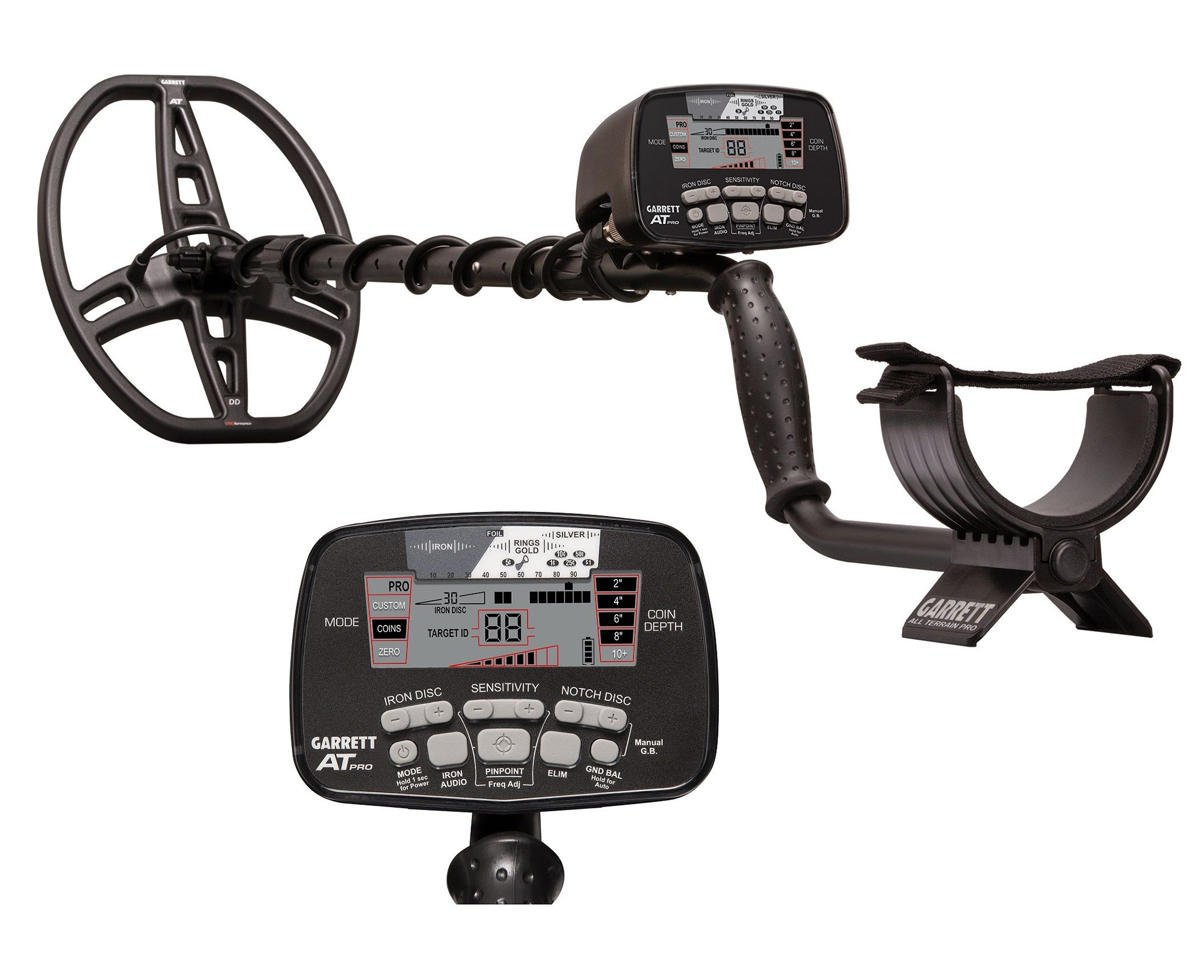Food Network Solution 183
by Admin
Posted on 24-09-2023 08:28 AM

food
network solution.

Kevin duckett was a metal detector enthusiast for 30 years before he made a life-changing discovery near a pond in northamptonshire, england in the summer of 2017. Alerted by his detector, duckett overturned a clod of dirt and saw what he thought to be a crumpled piece of aluminum foil. On closer inspection, there was a tiny face staring back at him. It was a golden figurine of a king holding a scepter and a cross, and the little royal stood no more than 2. 5 inches tall. Intrigued, duckett started doing some research and became convinced that the statuette was once part of a crown worn by king henry viii in the 16th century and passed along to his royal heirs.
Beat frequency induction
There are several types. Three common ones are:
bfo or beat frequency oscillator. Entry-level detectors typically contain a bfo. It has a
large
coil in the search head and a smaller one in the control box. Each has a pulse oscillator but on slightly different frequencies. The pulses generate radio waves to create audible tones. The tones change when a magnetic field interferes with them. They are also not as accurate or as controllable. Vlf detectors.
 These are quite popular and tend to be the most common. These very low frequency devices use a single frequency between 6 to 30 khz and rely on phase shifting between the transmitted and received signals.
These are quite popular and tend to be the most common. These very low frequency devices use a single frequency between 6 to 30 khz and rely on phase shifting between the transmitted and received signals.
Our Top Metal Detecting Tips
This is a comprehensive list of metal detecting tips from choosing the right metal detector to learning the code of conduct between hobbyists and everything in between. Be a square and follow the rules but think outside the box to improve your success rate! here are some tips you may not have thought about yet!.
I’ve already explained why using an overlapping scan technique is essential to proper metal detecting technique (see number 5), but to be sure you are finding everything that you possible can i recommend walking in a grid pattern. Pretending that a grid exists on top of wherever you are metal detecting is a good way to keep track of where you have, and have not, already checked.
Are you the kind of person who buys a two thousand dollar camera with visions of becoming a world-renowned photo-journalist, but now the camera sits on a shelf collecting dust? don’t let that happen with your foray into metal detecting. If you are unsure of your commitment to the hobby, don’t go spending the rent money for a top of the line detector. Instead, buy a cheap one, and if you find (like most people) you really enjoy it, then you can trade it in for a more robust model. An inexpensive model, say under $100, will still let you find lots of cool stuff, though it may not scan as deep as a higher-priced item, and it may not be able to identify the target as well as a more advanced machine.
If you are a newcomer to this hobby, please start with my guide - detecting secrets for beginners - a basic guide to successful metal detecting this guide contains helpful info on selecting and buying a metal detector, types of metal detecting activities, program settings for metal detectors, basic equipment for successful treasure search, basic map research and other methods of acquiring a good leads, metal detecting techniques, places to metal detect, and more. The guide also includes a few helpful how-to tutorials. For more tutorials, please refer to a separate section - pactical tutorials for detectorists , and more guides are included in another section - helpful guides for detectorists.